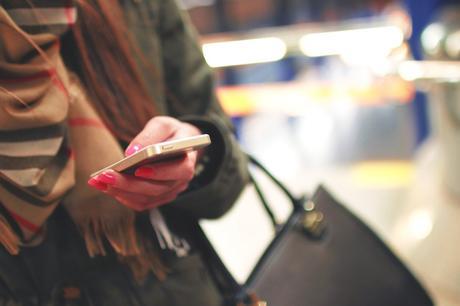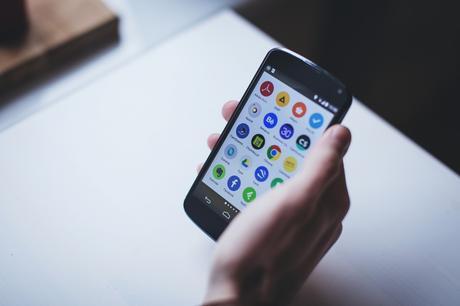Despite the fact that e-commerce and m-commerce are seeing exponential growth, and 40% of customers expect to be able to use multiple channels to purchase from a retailer, we will not be seeing an end to brick and mortar stores any time soon. However, we have seen household names such as Radio Shack filing for bankruptcy because they were not able to keep up with the times and integrate mobile technology into their shopping experience. Retailers that cannot adapt and include new, disruptive technologies into their offer are sure to fall prey to the competitors who can.

Think of answers for following questions-
- What does a shopper visiting a retail shop expects and wants?
- What does a retail shop typically expects (Profit I know but how?)?
For shoppers, is it time? Money? Being able to locate the products in store conveniently? Making payments without getting into a queue? Probably all of them and more.
And what about Retail store? Compete in some manner with online store? More ROI? More footfall in store? More predictability in purchases and thus lesser inventory? I’m sure there are many more and it makes immense sense to adopt the latest technologies not only from profitability but survival perspective as well.
Integrating the Mobile Experience
Physical stores are not competing directly with online shopping. In fact, 94% of all retail sales in the US have been made in brick and mortar stores. However, mobile technology is shaping the in-store experience, and savvy retailers have learned to use smartphones and other mobile devices in new and innovative ways. Over a period of four years, smartphone ownership in the US has gone from 35% to 65%, with the percentage being higher among younger demographics. There is also a small percentage of smartphone users who rely on their mobile device as their only source of access to the internet.
To add to this, 84% of shoppers have used their smartphones in physical stores for comparison shop and to get information on competitive prices. Shoppers use their smartphones to look for deals, prices, product information, text friends for advice or update their social media account while waiting in line. This gives retailers a huge window of opportunity to take advantage of the newly rising trends we see in mobile shopping.
Using Mobile Retail Apps
A Stanford survey has shown that nearly half of the users in the millennial age group have downloaded a mobile shopping app. The problem most retailers face however is the fact that most smartphone owners spend the majority of their time on just five non-native apps. This means that a mobile retail app has to be more than a simple platform to purchase products from. The app has to focus on providing the user with personalized offers, extra features and information about products. In one survey from Internet Retailer, 61% of US consumers have an improved opinion of brands that offer a positive mobile experience, and 40% of them will choose a competitor over a brand that provided a negative mobile experience. This begs the question: how do you provide a positive and compelling experience through your retail app?

1. Mobile Payments
With Google Wallet and Apple Play making big strides in the mobile payment scene, we will soon see a great shift in the way consumers pay for products. Even now, thanks to the upgraded point-of-sale systems which can accommodate the new EMV-chips from major credit cards, consumers can purchase products with credit card information from a mobile app. This removes the need to carry around physical credit cards, and it gives customers the ability to simply swipe and make a purchase at a product display.
2. Push-Based Apps
Apps started out as pull-based, which means that the user would initiate the interaction (information request, product search, checkout, etc.). Modern apps are push-based. These apps identify a user’s needs and anticipate his actions, delivering relevant content and information without the user having to ask for it. For example, a push-based app knows a user’s favorite brand or product, and it can send updates regarding sales, special offers and availability.
3. Beacons
Beacon technology works very well with the push approach. A beacon is a small, inexpensive Bluetooth device that can be placed within the store. This beacon will then send notifications to all users within the area who have beacon notifications enabled on their mobile device. The advantages of this innovative technology are plentiful. Beacons can display ads based on the customers’ in-app recorded preferences. They can also alert customers of special offers as they walk past the store, or past a specific section. One particularly interesting use has been seen in the hotel industry where smartphones, in coordination with beacons, have replaced room keys.
Conclusion
Mobile technology can greatly increase the customer experience, and it can make shopping more enjoyable and convenient. Effective use of this technology will not only draw in customers, but it will also help retailers reduce overheads, by lessening the need for cashier and customer service staff.
Finoit Technologies has extensively worked in enterprise mobility domain, and has served over 20 clients in retail sector. We have delivered over 250 mobile apps across iOS, Android and Windows platform. For any query, you may drop an email to [email protected]
Think Again What Matters More for Your App: Design or Function